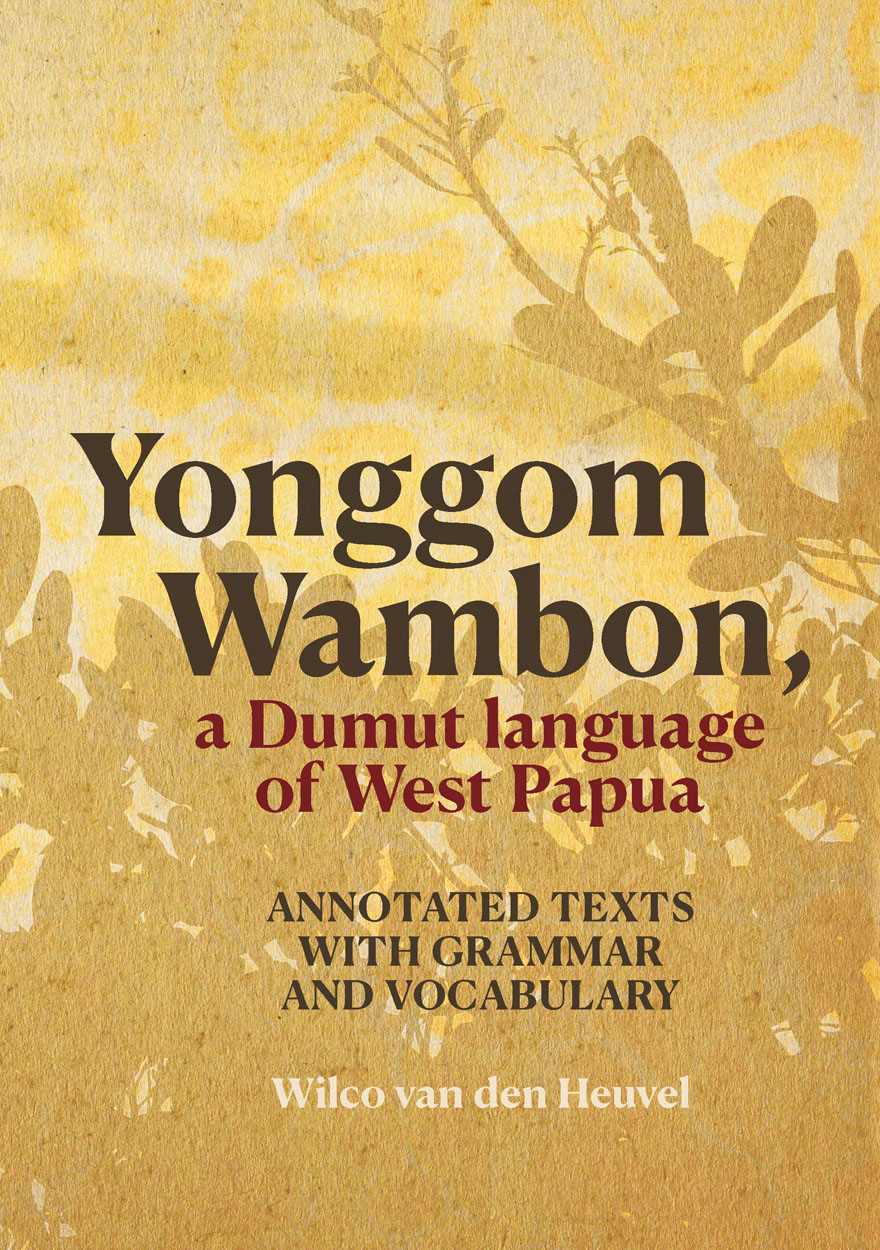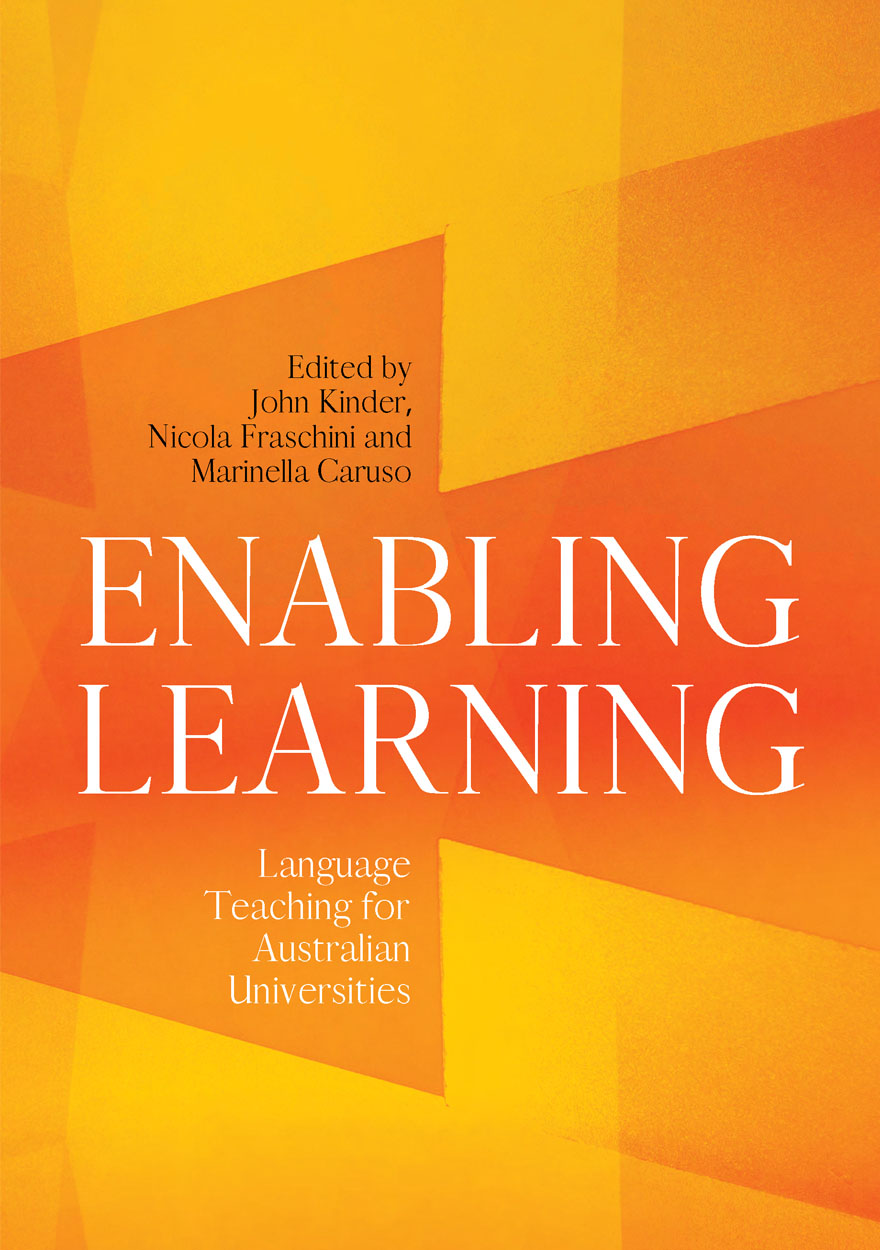Search titles
Displaying results 21 to 30 of 637.

Politics, Pride and Perversion »
The Rise and Fall of Frank Arkell
Authored by: Erik Eklund
Publication date: March 2025
Frank Arkell (1929–1998) was the most successful politician of his generation; an Independent who served as Wollongong’s Lord Mayor (1974–1991) and state member (1984–1991). Arkell dominated Wollongong public life with unstoppable energy, eccentric flair, and a single-minded determination to support the city through economic restructuring. Despite his popularity, at the edges of public consciousness there was growing disquiet over Arkell’s private life …
‘A compelling biography … Eklund provides a nuanced exploration of Arkell’s relentless efforts to transform Wollongong from a ‘steel city’ to the ‘Leisure Coast’, as well as his connections to an extensive paedophile network exposed during the 1997 Wood Royal Commission …’
— Associate Professor Jayne Persian, University of Southern Queensland
‘Eklund discloses the tragic consequences of unbridled male lust, deep social inequality and unaccountable class power … we have here a shocking story of sexual abuse and official corruption that brought untold suffering, political disgrace and, in the end, a brutal murder.’
— Professor Frank Bongiorno AM, author of Dreamers and Schemers: The Political History of Australia
Shortlisted, NSW History Awards, NSW Community and Regional History Prize, 2025
Longlisted, The Australian Political Book of the Year, 2025

Yonggom Wambon, a Dumut language of West Papua »
Annotated Texts with Grammar and Vocabulary
Authored by: Wilco van den Heuvel
Publication date: February 2025
In this book, the author, Wilco van den Heuvel, intends to make Drabbe’s 1959 description of (Yonggom) Wambon available to a wider scientific public. As such, the book is in line with an earlier reanalysis by the same author of Drabbe’s description of Aghu (1957), which was published in 2016.
In only 45 pages (!), Drabbe managed to present an incredible amount of Yonggom Wambon language data. The current work takes over 400 pages for their re-representation and reanalysis, and includes a 500-item wordlist that Drabbe had written a few years earlier. This book attempts both to increase our understanding of the peculiarities of this individual language, and to contribute to our understanding of the past and present of this still very under-documented part of our globe. An area where—as Drabbe foresaw—minority languages are disappearing, giving way to a common (national) language.
The author expresses his gratefulness to Drabbe, for having unravelled some of the complexities of the languages in this area, which, in Drabbe’s words, form ‘an eldorado for the practitioners of general linguistics’, ‘a labyrinth without escape for missionaries’, and—in the author’s words— ‘offer a unique and highly valuable perspective on specific communities in a specific space and time’.

West New Guinea »
Social, Biological, and Material Histories
Edited by: Dylan Gaffney, Marlin Tolla
Publication date: February 2025
This book explores the human past in West New Guinea (otherwise known as Indonesian Papua, West Papua, or Irian Jaya). The western part of New Guinea and its surrounding islands were critical for the early peopling of the Pacific region over 50,000 years ago, when Homo sapiens moved out of Africa and into Asia, seafaring through the islands of Wallacea as far as New Guinea, the Bismarck Archipelago, and the Solomon Islands. After arriving on the shores of West New Guinea, people adapted to diverse environments including coral reefs, tropical rainforests, swamps, montane cloud forests, and savannah grasslands. Over millennia, people transformed these habitats by burning and cutting the forests, translocating plants and animals, and managing access to resources. Food production later emerged in the region as the global climate warmed up around 10,000 years ago. Between 4000–3000 years ago, the Austronesian languages began to enter West New Guinea, with its speakers settling around the coasts and offshore islands. New forms of exchange connected people and, particularly within the last 2000 years, drew West New Guinea into global networks. The objects produced and traded at ethnographic contact—like pottery, stone axes, string bags, shell ornaments, and wooden carvings—can be informative about these networks, but they are increasingly changing as people navigate and transform their material worlds in the present. The examination of these objects in museums not only casts light on their makers, traders, and collectors, but also highlights the ongoing connections that Papuans have with their material culture in the twenty-first century.
The 22 chapters in this book contribute novel perspectives and critical data on each of these themes. The authors come from archaeology, social anthropology, biological anthropology, linguistics, museology, palaeoecology, and beyond. They write about a wide array of West New Guinea’s regions, including the highlands, north and south coasts, Bird’s Head Peninsula, Cenderawasih Bay, and the Raja Ampat Islands.

Dictionary of World Biography »
Tenth edition
Authored by: Barry Jones
Publication date: January 2025
Jones, Barry Owen (1932– ). Australian politician, writer and lawyer, born in Geelong. Educated at Melbourne High School and Melbourne University, he was a public servant, high school teacher, television and radio performer, university lecturer and lawyer before serving as a Labor MP in the Victorian Parliament 1972–77 and the Australian House of Representatives 1977–98. He took a leading role in reviving the Australian film industry and abolishing the death penalty in Australia, and was the first politician to raise public awareness of global warming, the ‘post‑industrial’ society, the IT revolution, biotechnology, the rise of ‘the Third Age’ and the need to preserve Antarctica as a wilderness. In the Hawke Government, he was Minister for Science 1983–90, Prices and Consumer Affairs 1987, Small Business 1987–90 and Customs 1988–90. He became a member of the Executive Board of UNESCO, Paris 1991–95 and National President of the Australian Labor Party 1992–2000, 2005–06. He was Deputy Chairman of the Constitutional Convention 1998. His books include Decades of Decision 1860– (1965), Joseph II (1968), Age of Apocalypse (1975) and Knowledge Courage Leadership: Insights & Reflections (2016), and he edited The Penalty Is Death (1968, revised and expanded 2022). His bestseller, Sleepers, Wake! Technology and the Future of Work (1982, Fourth edition published in 1995) has been translated into Chinese, Japanese, Korean, Swedish and braille.
He received a DSc in 1988 for his services to science and a DLitt in 1993 for his work on information theory. Elected FTSE (1992), FAHA (1993), FAA (1996) and FASSA (2003), he is the only person to have become a Fellow of four of Australia’s five learned Academies. Awarded an AO in 1993, named as one of Australia’s 100 ‘living national treasures’ in 1997, he was elected a Visiting Fellow Commoner of Trinity College, Cambridge in 1999. His autobiography, A Thinking Reed, was published in 2006 and The Shock of Recognition, about music and literature, in 2016. In 2014 he received an AC for services ‘as a leading intellectual in Australian public life’. What Is to Be Done was published in 2020.
Format: Hardback

Enabling Learning »
Language Teaching for Australian Universities
Publication date: December 2024
Enabling Learning: Language Teaching for Australian Universities illuminates efforts by tertiary language educators to facilitate the learning of languages at the university level. The educators’ endeavours recounted in this volume address a range of specific aspects of the language learning experience or language teaching within tertiary education institutions. The chapters offer an overview of learning approaches and experiences, from the beginner to the advanced level, of different learning environments, from the traditional to online and hybrid, and of different languages, from Indigenous to European to East Asian. This work foregrounds the relevance of improved accessibility to language learning in the university context, presents innovative educational solutions informed by the examination of specific contexts, and asserts the importance of developing intercultural competence.

A Grammar of Warlmanpa »
Authored by: Mitchell Browne
Publication date: November 2024
As spoken by Bunny Naburula, Danny Cooper, Dick Foster, Donald Graham, Doris Kelly, Elizabeth Johnson, George Brown, Gladys Brown, Jack Walker, Jessie Cooper, Jimmy Newcastle, Julie Kelly, Lofty Japaljarri, Louie Martin, May Foster, Norah Graham, Penny Kelly, Penny Williams, Selina Grant, Susannah Nelson, Topsy Walker, Toprail Japaljarri and William Graham.
This volume is a descriptive analysis of Warlmanpa, a highly endangered language traditionally spoken northwest of the town of Tennant Creek, where most of the remaining speakers now live.
This grammatical description is based on language work carried out by community members and linguists since 1952, and is the first published reference grammar of the language.
The major areas of analysis include phonetics, phonology, morphology, and syntax. This volume also provides description of typologically notable features, including: a two-way stop contrast at each place of articulation; a complex second-position auxiliary system containing participant and tense/mood/aspect information; associated motion; and a lack of evidence for noun phrases.
This volume lays the foundation for future Warlmanpa language work.

Ritual Voices of Revelation »
The Origin Narratives of the Rotenese of Eastern Indonesia
Authored by: James J. Fox
Publication date: November 2024
This is a study of a collection of oral compositions of the Rotenese of eastern Indonesia. Recited in semantic parallelism, these compositions require a strict pairing of all words to produce correspondingly ordered verses. These narrative verses create an elevated discourse—a ‘scriptural voice’—intended to reveal the origins of Rotenese cultural life. The translations and exegeses of these origin narratives offer a work of world-class poetic imagination that recounts a dynastic contest between the Sun and Moon and Lords of the Ocean Sea and its epic consequences.
As background to the presentation of these narratives, this study provides a description of Rotenese life expressed in the complementary pairs that the Rotenese themselves use to categorise their world. A concluding chapter examines the Rotenese acquisition of Christianity and the subsequent retelling of the Biblical Genesis in Rotenese parallel verse, thus continuing the general examination of the use of parallelism as elevated ritual discourse. Gathered from poets from two domains on the island, most of these compositions date from fieldwork in 1965–66 and in 1973. The publication of these materials represents the summation of more than fifty years of research.

International Review of Environmental History: Volume 10, Issue 1, 2024 »
Edited by: James Beattie, Ruth Morgan
Publication date: October 2024
This latest issue of the International Review of Environmental History takes readers from tiger hunts in sixteenth-century India to the rise of organic foods across the Anglosphere by the late 1970s. Along the way, readers will encounter the ways that Cantonese migrants interpreted the environments of Aotearoa New Zealand at the turn of the twentieth century, and the influence of environmentalism in the US trade union movement during the 1960s. This issue also features a forum on a growing area of interest for environmental historians and allied practitioners, the history of emotions in response to environmental change. Here, scholars outline an historiography of ecological anxiety and reflect on the role of emotions in their historical practice at a time of planetary crisis. Despite the diverse settings and topics of the papers herein, together the collection reveals the enduring impacts of how different societies have understood and shaped the more-than-human world.

‘My own sort of heaven’ »
A life of Rosalie Gascoigne
Authored by: Nicola Francis
Publication date: October 2024
Widely regarded as a major Australian artist, Rosalie Gascoigne first exhibited in 1974 at the age of fifty-seven. She rapidly achieved critical acclaim for her assemblages which were her response to the Monaro landscape surrounding Canberra. The great blonde paddocks, vast skies and big raucous birds contrasted with the familiar lush green harbour city of Auckland she had left behind. Her medium: weathered discards from the landscape. By her death in 1999, her work had been purchased for major public art collections in Australia, Aotearoa New Zealand and New York, and had been exhibited across Europe and Asia.
Gascoigne’s story is often cast in simple terms—an inspirational tale of an older woman ‘finding herself’ later in life and gaining artistic acclaim. But the reality is much more complex and contingent. This biography explores Gascoigne’s achievement of her ‘own sort of heaven’ through the frame of the narrative she told once she had gained fame, using a series of interviews she gave from 1980 to 1998. It revolves around her frequently stated sense of feeling an outsider, her belief that artists are born not made, and other factors central to the development and impact of her work. Migrating to Australia from New Zealand in 1943, Gascoigne experienced the dramatic social changes of the 1960s and 1970s and benefited from the growth of cultural life in Canberra, a developing Australian art industry, and changing conceptions of aesthetic beauty.

Human Ecology Review: Volume 28, Number 1 »
Publication date: September 2024
Human Ecology Review 28(1) features a Special Section from a collection of researchers in Nigeria, reflecting on the political and cultural influences on, and responses to, the unique social and environmental devastation of the oil-producing Niger Delta region. Across five articles and the introductory piece, the scholars address social and environmental justice and policy (Eni et al.); and examine the attempts to restore and clean up the landscape (I. Nwoma and Anyika). The focus then turns to ecoaesthetic responses in literary forms to the Nigerian landscape and cultures, with an ecocritical analysis of postcolonial ecology in Isidore Okpewho’s novel Tides (C. Nwoma); of traditionalism, modernity, and nature in Joe Ushie’s collection of poems, A Reign of Locusts (Kehinde and Egya); and concludes with an examination of the trauma of alienation from nature and homeland in Amaechi Akwanya’s collection of poems Pilgrim Foot (Onyemachi).
Following the Special Section, Schooneveldt describes a methodology for reframing how we perceive the agency of other organisms; Warner refines and develops governance principles for assisted species migration; and Zhang and Guo explore informal institutions in China and their role in mediating pro-environmental behaviours.



